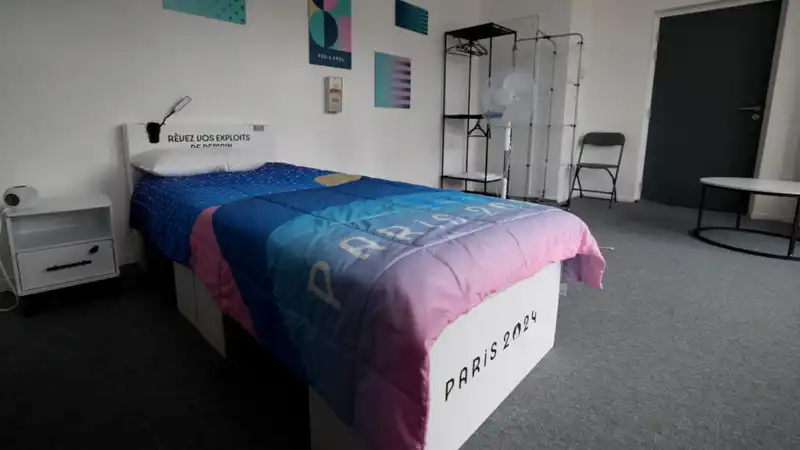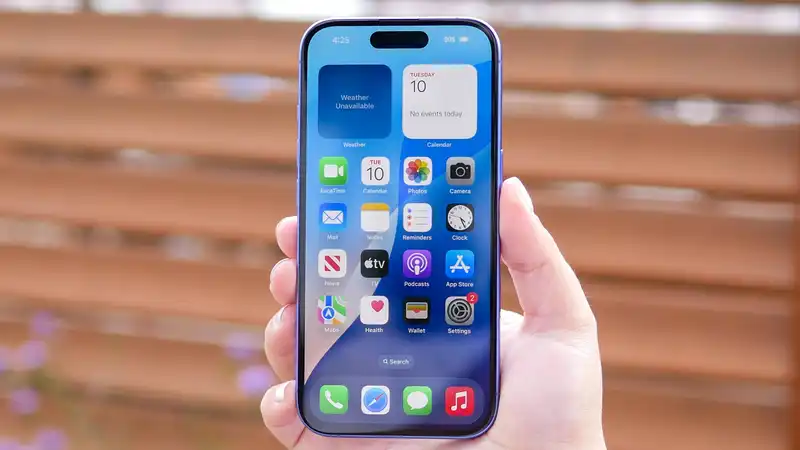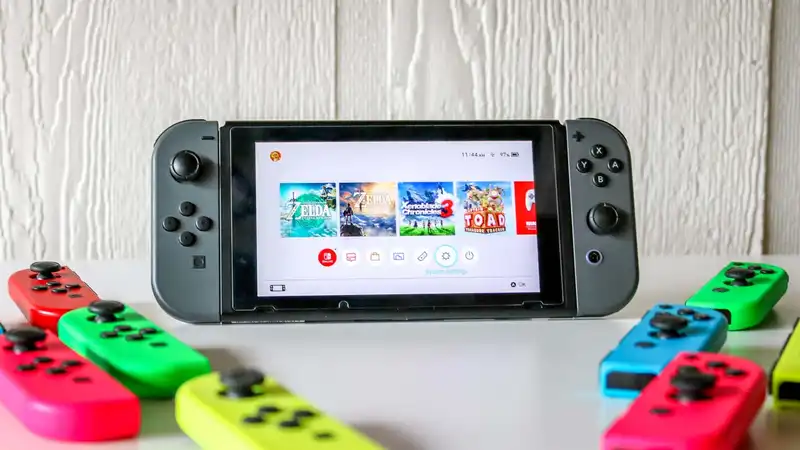The Olympics are the pinnacle of sports, but the most exciting drama for us is not happening on the track or in the pool, but in the Olympic village Yes, the superheroes of the sports world will once again sleep on cardboard beds made by Japanese bed maker Airwave
We know how much of an impact a bed has on overall sleep quality from testing the best mattresses of the year So why did the Paris Olympic Committee abandon the gold-medal-winning comfort of foam and hybrid mattresses in favor of woven beds and cardboard frames?
It's all for the environment, and while these mattresses may seem unconventional, they have earned a perfect 10 from some competitors Let's take a closer look at the carboard beds in question Let's also explore how poor quality sleep may affect the performance of Olympic athletes at the 2024 Paris Games
Paris 2024 has partnered with high-tech mattress company Airwave to develop an Olympic athletes' village The innovative mattresses use Airfiber technology, which involves weaving polyethylene fibers together to create a responsive and breathable bed filling Each mattress consists of three Airweave mattress blocks covered with a luxurious topper
Even more unusual, these mattresses are supported by a cardboard bed frame We tried some of the best bed frames and bases, but none of them were the boxes the mattresses came in
There are environmental reasons for this The Paris Olympics 2024 aims to be a more sustainable Games, and the Airwave mattress blocks can be washed, reused, and redistributed through the Second Life Partnership The cardboard bases, of course, will disassemble and be recycled as soon as the Olympic flame is extinguished
And as strange as it may sound, the Airwave mattress has its own sleep benefits Each block has a different feel on each side, and there are four different levels of firmness to choose from; three blocks make up a bed, with 64 different mattress possibilities
There are rumors that this bed was chosen because of last year's bed bug outbreak Airwave was announced as a partner in March 2023
Airwave mattresses may be reusable, breathable, and washable, but there are more pressing concerns for Olympic athletes Reviews seem to be mixed
On TikTok, members of the South African Olympic team rated the mattresses between 10/10 and 1/10, ranging from gold medalists to athletes who failed to pass their heats Other opinions ranged from “no problem” to “my back is going to fall off”
However, the “mixed results” are not unexpected with any mattress, as it is important to choose a bed that suits one's sleeping style and physique The main criticism is that the mattress is too hard Harder beds are suitable for back and stomach sleepers, but not ideal for side sleepers Also, the Airwave block is on the thinner end of the mattress depth scale, which is also suitable for people who are concerned about their stomachs and backs
However, Olympians agree that Airwave is not an “anti-sex” bed, as some have suggested As demonstrated by the eye-popping TikTok, the mattress and bed frame can withstand two members of the Irish rugby sevens team jumping on it In other words, it can withstand other nighttime activities
Adding a mattress topper is one of the best ways to soften a firm mattress by increasing cushioning without sacrificing support Airwave appears to offer a fluffy mattress cover for athletes, but adding a topper can further enhance pressure relief This is good news, for example, for athletes who are side-sleeping shot putters and want a cushion on their shoulders Or good news for the Australian team who took advantage of next-day delivery and ordered a large quantity of toppers for their players
Harder mattresses are generally best suited for front sleepers and back sleepers, but often lack the cushioned comfort that side sleepers need For side sleepers who suffer from numbness in the shoulders and pain in the lower back, switching to back sleeping is a short-term solution To avoid tossing and turning during the night, place pillows on either side of the body and under the knees to help maintain the back sleeping position
Because Olympic mattresses lack cushioning, some athletes may seek the pressure relief they need to sleep Pillows tucked into the small of the back can add cushioning to the lower back and relieve pain and tingling Even if a mattress topper is not available, a pillow can be used to relieve pain
A few nights on a poor-quality cardboard bed may do more than just cause a sore neck There is a strong relationship between sleep and health, and a 2023 systematic review found that getting more sleep is one of the most effective ways to improve physical performance
“A good night's rest promotes an athlete's best performance, making them faster, stronger, more energetic, and better thinkers,” explains Sam Hopes, senior fitness writer here at Tom's Guide
While each stage of the sleep cycle is important to the body, the most performance benefits occur during the third stage of the cycle, deep sleep Deep sleep is necessary not only to increase energy levels, but also to allow the body to recover and grow Deep sleep aids activity, and staying active helps to achieve a steady, deep sleep
Also, athletes who play tactical sports will want to ensure that they get enough REM sleep This is because REM sleep is essential for memory development, quick thinking, and decision making
On the other side of the coin, research shows that even one night of bad sleep can negatively affect physical performance Sam explains, “Getting too little sleep or having a disrupted sleep schedule can lead to fatigue and poor cognitive and physical performance, which can negatively impact athletic performance”
“This includes decreased reaction time and speed, poor decision-making, depressed mood, fatigue, delayed recovery, and susceptibility to illness and injury Athletes who travel for competition are at risk for jet lag, which is more likely to occur when their natural circadian rhythms are shifted
“The key to optimizing athletic performance includes carefully managing sleep hygiene for restful sleep,” says Sam Sleep hygiene varies from person to person, but prioritizing your nighttime routine can help you fall asleep more easily when placed in a new, stressful environment"
‘Sleep hygiene is a key component of exercise performance,’ says Sam
But for the athletes who happened to finish in the dreaded fourth place, it would be best not to blame the mattresses After all, everyone in the Olympic village uses the same bed










Comments